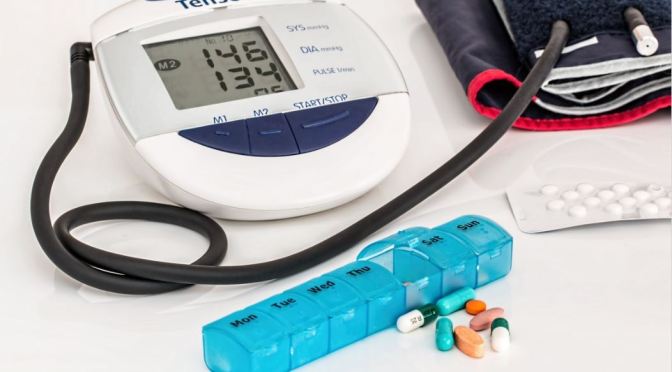From Harvard Medical School Health Letter:
 Hand pain is more than just annoying. The stiffness and swelling that go along with hand pain can sap strength and diminish the ability to carry out routine functions, like buttoning clothes.
Hand pain is more than just annoying. The stiffness and swelling that go along with hand pain can sap strength and diminish the ability to carry out routine functions, like buttoning clothes.
One common cause of hand pain is osteoarthritis—when the shock-absorbing cartilage between bones in the finger joints and at the base of the thumb becomes worn or damaged. Hand pain can also result from nerve conditions, like the pain and tingling you feel when there is pressure on the median nerve in the wrist or the ulnar nerve near the elbow. Sometimes hand pain results from tendinitis, an inflammation of the tissue that attaches muscles to the bones. Here are five methods to help manage hand pain, retain hand function, and avoid surgery.
-
Splinting
A splint stabilizes the position of your fingers, thumb, or wrist. “Wear a splint for a few weeks if arthritis flares, so the inflammation can settle down,” says Dr. Philip Blazar, an orthopedic surgeon and associate professor at Harvard Medical School.
-
Injections
An injection of a corticosteroid into a joint can reduce inflammation. “The relief it provides can last up to a year,” says Dr. Blazar. For some people the amount of relief diminishes with subsequent injections.
-
NSAIDs
A nonsteroidal anti-inflammatory drug (NSAID) helps relieve hand pain by blocking enzymes that produce pain and swelling, but Dr. Blazar says it’s not effective for carpal tunnel syndrome. Long-term use of oral NSAIDs such as ibuprofen (Advil, Motrin) are linked to ulcers, stomach bleeding, liver damage, and increased risk of heart attacks. Topical NSAIDs, such as diclofenac (Voltaren), may pose less risk.
-
Heat and cold
Heat can loosen hand stiffness. Dr. Blazar says a hot shower will do the job. Cold is effective for hand pain that results from activity, such as playing golf. “Apply it in the form of flexible gel pads you keep in the freezer, or even bags of frozen peas or corn, which conform well to the three-dimensional complexities of the hand,” says Dr. Blazar.
-
Exercises and stretches
These focus on your hand’s tendons and muscles. A physical therapist or occupational therapist can guide you through exercises to stretch and strengthen the muscles, which can help absorb the stress on joints in the hand and reduce pain.

